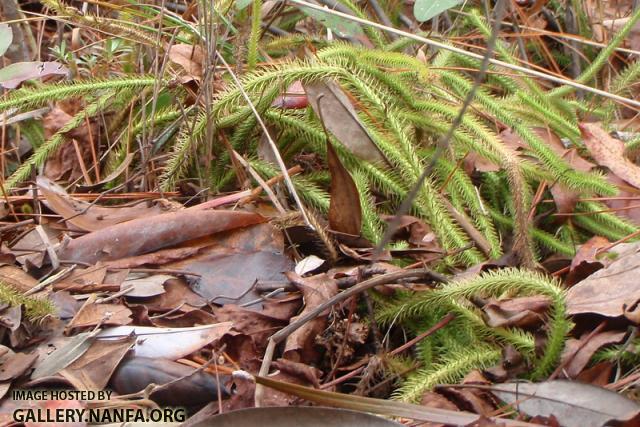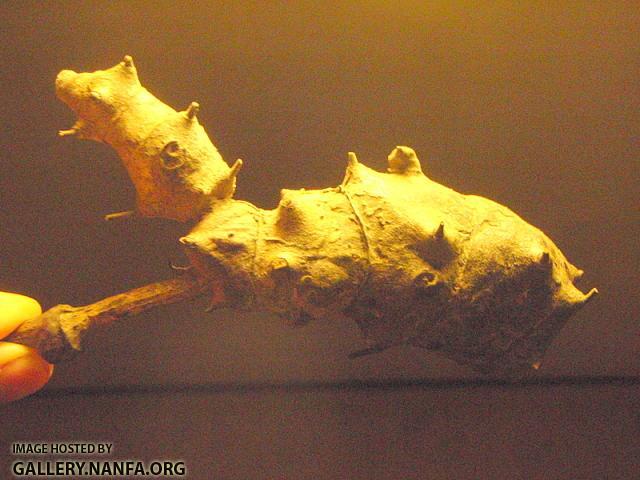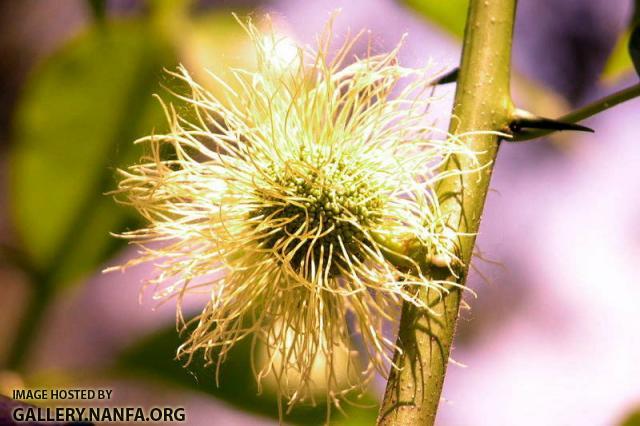
Near Brewton, AL

Near Atmore, AL
Posted 19 December 2008 - 08:00 PM


Posted 19 December 2008 - 10:19 PM
Edited by farmertodd, 19 December 2008 - 10:20 PM.
Posted 19 December 2008 - 11:00 PM
Posted 20 December 2008 - 12:36 PM
Posted 21 December 2008 - 05:44 PM

Posted 22 December 2008 - 01:18 PM
Posted 23 December 2008 - 01:34 PM
Posted 23 December 2008 - 03:55 PM
 sm_bigsouthplant_1.jpg 70KB
0 downloads
sm_bigsouthplant_1.jpg 70KB
0 downloads wierdplant_1_small.jpg 33.37KB
0 downloads
wierdplant_1_small.jpg 33.37KB
0 downloads
Posted 23 December 2008 - 09:31 PM
While you're at it, what in the heck is this oddball I found in the Big South Fork?
Posted 24 December 2008 - 01:58 AM
Thank you, I was worried it might be an alien hooba-joob!It's a doll's eye, Actaea pachypoda. Perfect name.
Pierre Gagne
Potomac River drainage
 indianpipe.jpg 203.68KB
1 downloads
indianpipe.jpg 203.68KB
1 downloads
Posted 29 December 2008 - 01:35 AM
Pierre! It's been a long time since we have heard a peep out of you - where have you been? Slumming with tropicals?It's a doll's eye, Actaea pachypoda. Perfect name.
Pierre Gagne
Potomac River drainage
Posted 12 January 2009 - 01:22 PM
Posted 12 January 2009 - 02:46 PM
Posted 12 January 2009 - 02:52 PM
Posted 12 January 2009 - 03:21 PM
Posted 12 January 2009 - 06:44 PM


Posted 12 January 2009 - 07:07 PM
Posted 12 January 2009 - 10:17 PM
Posted 13 January 2009 - 08:07 AM
Osage Orange....
Wife Connie tried to cook one once. Mis ID. Terrible smell and certainly not edible. They are a mystery fruit as nothing is known to eat the fruit. The fruit all rolls downhill so how do the seeds get back uphill? Of course people have been planting them for years as a hedge type tree. Every year about 30 roll by the studio. But how did the trees repopulate themselves before? Phil Nixon told me that they found out elephants like em. Thus Mammoths.
<clip>
Posted 20 January 2009 - 12:15 AM
0 members, 0 guests, 0 anonymous users